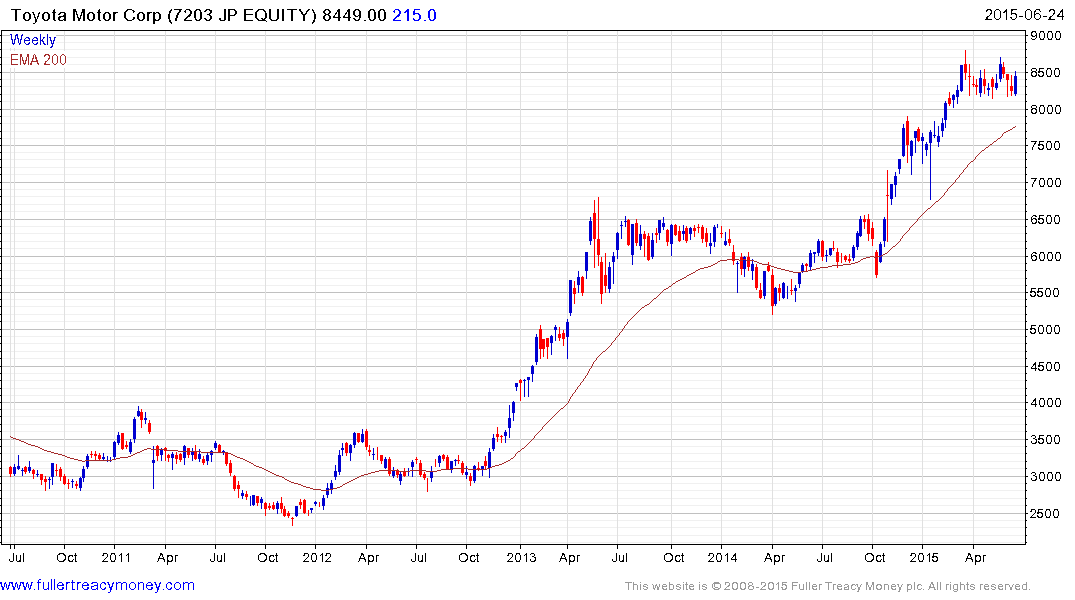Water splitter produces clean-burning hydrogen fuel 24/7
This article from Kurzweil Accelerating Intelligence may be of interest to subscribers. Here is a section:
In conventional water splitters, the hydrogen and oxygen catalysts often require different electrolytes with different pH — one acidic, one alkaline — to remain stable and active. “For practical water splitting, an expensive barrier is needed to separate the two electrolytes, adding to the cost of the device,” Wang explained.
“Our water splitter is unique because we only use one catalyst, nickel-iron oxide, for both electrodes,” said graduate student Haotian Wang, lead author of the study. “This bi-functional catalyst can split water continuously for more than a week with a steady input of just 1.5 volts of electricity. That’s an unprecedented water-splitting efficiency of 82 percent at room temperature.”
Wang and his colleagues discovered that nickel-iron oxide, which is cheap and easy to produce, is actually more stable than some commercial catalysts made of expensive precious metals.
The key to making a single catalyst possible was to use lithium ions to chemically break the metal oxide catalyst into smaller and smaller pieces. That “increases its surface area and exposes lots of ultra-small, interconnected grain boundaries that become active sites for the water-splitting catalytic reaction,” Cui said. “This process creates tiny particles that are strongly connected, so the catalyst has very good electrical conductivity and stability.”
The challenge for a hydrogen fuelled economy has always been in delivering the gas at an acceptable price. More recently the fact the majority of hydrogen is produced from natural gas has acted against it as a potential solution because of environmental concerns. Technological innovation has the potential to change that scenario if a scalable, low energy solution can be delivered.

Toyota is making a big bet on hydrogen fuel cells with its Mirai vehicle due for release this summer. Removing a reliance on natural gas from the fuel cycle would represent a major selling point for the vehicles. The share has been confined to a ranging consolidation for much of the last few months, allowing at least a partial unwind of the overbought condition relative to the 200-day MA. A sustained move below ¥8000 would be required to begin to question medium-term scope for additional upside.
.png)
Platinum miners are fearful that a move to electric cars will remove the most significant source of demand for their catalysts. A transition to fuel cell vehicles would preserve their position in the market. This site from Anglo American is devoted to their argument for supporting the hydrogen fuel cycle. http://www.angloamericanplatinum.com/market-development/fuel-cell-electric-vehicles.aspx
The FTSE/JSE Africa Platinum Miners Index remains in a consistent downtrend. While it has stabilised in the region of 30 since March a sustained move above 35 would be required to question supply dominance.
An additional though unrelated consideration in the development of hydrogen technology is in the names of the researchers mentioned in the above article. (You’ll find them right at the end.) It would appear that a quick fix to any issues which would preclude gifted doctoral students from staying in the USA after they finish college would help to make sure the commercialisation of these technologies takes place in the USA as opposed to China.
Back to top

